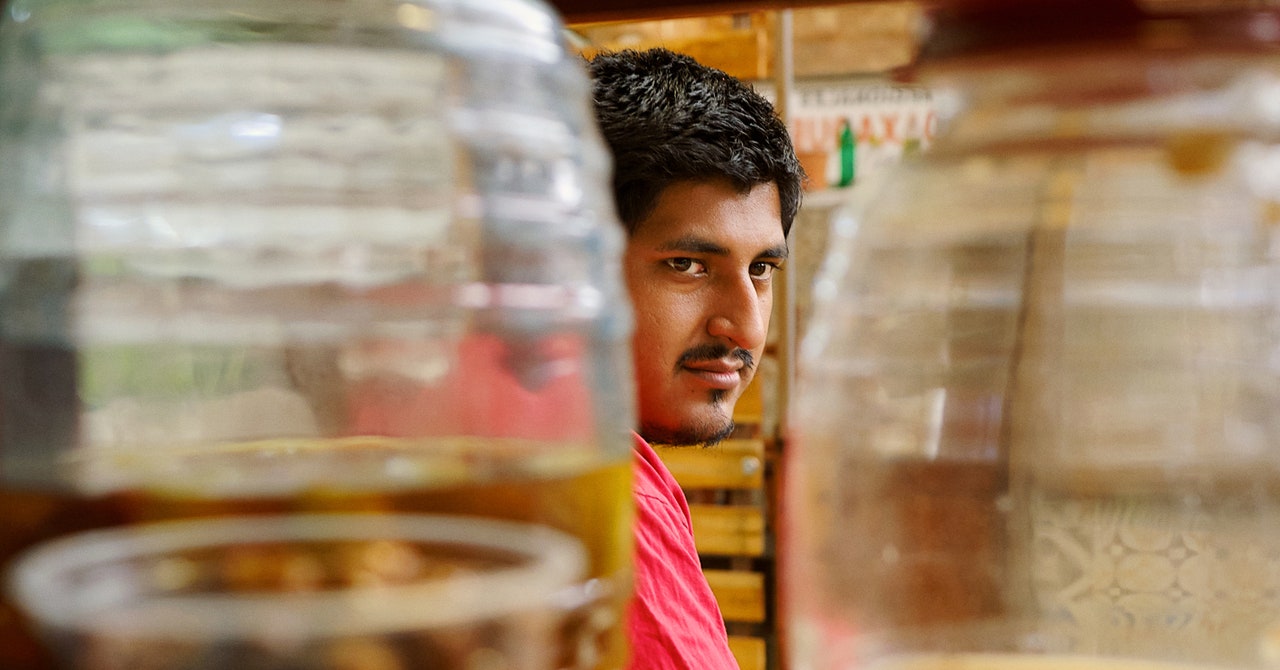
On a visit to Oaxaca Metropolis, Mexico, simply earlier than the beginning of the Covid-19 pandemic, my spouse Elisabeth and I questioned if we observed a fermentation pattern effervescent to the floor. A handful of well being meals shops, usually catering to international guests, marketed choices like sauerkraut, kombucha, and kefir on handmade picket indicators subsequent to their entrance doorways.
Two years afterward return journeys, fermented meals was simpler to note, exhibiting up, for instance, within the fermented limonada with raspberries, making a pink, fizzy, funky drink at Filemón y Sagrado bakery and cafe, and I turned higher at noticing the place it seems in conventional meals.
To find out how a lot it had caught on, and the place I might discover fermentation in Oaxacan delicacies, I known as Tony Juárez, an avid fermenter and culinary educator at Instituto Universitario de Oaxaca. I began by asking how he bought into fermenting.
“I come from a household of diabetics,” he says, making a worldwide gesture on the ubiquity of sugary drinks in Mexico and around the globe. “I needed one thing to drink that wasn’t going to kill me.”
This was neither the reply I used to be anticipating, nor the most common means individuals get into fermenting in Oaxaca, however Juárez explains that there is each a historic use of fermentation right here in addition to a brand new pressure of enthusiasm. Right here within the southern state of Oaxaca, the place its capital is basically the capital of southern Mexico, fermentation and preservation have usually been a perform of local weather and placement. Juárez cites native fermenting scorching spots just like the coastal city of Puerto Escondido and the Istmo area, the place the preservation approach not solely helps meals and drinks last more within the scorching local weather but additionally enhances their flavors.
In Oaxaca’s markets, you will discover stalls with artfully stacked towers of little fish and pink-orange shrimp, each preserved with salt. Road cart distributors promote “curados,” the place fruit and sugar commingle and ultimately create a boozy-delicious syrup.
Frequent curados embrace inexperienced mangoes, inexperienced plums, and the yellow, cherry-sized nance fruit. Juárez says he makes use of the inexperienced (or unripe) fruit “in order that they keep crunchy and scrumptious.” Bartenders on the high-end bar Selva spear a cured nance or two on a toothpick to make use of as a cocktail garnish, a intelligent native twist that replaces a maraschino cherry.







